Quick Takeaways
- Cats hide for many reasons—instinct, stress, medical issues, or simple preference.
- Seasonal stressors like Halloween visitors, loud parties, or holiday chaos can trigger hiding.
- Hiding can be healthy, but sudden changes or prolonged avoidance may signal illness.
- Creating safe spaces with cozy bedding, vertical perches, and quiet zones reduces stress.
- Gradual introductions to guests and changes at home help cats feel secure.
- Outdoor cats and colony cats also need hiding options, especially during seasonal disruptions.
- Download our Safe Spaces for Cats Checklist (PDF) to set up the perfect environment.
- By supporting GiluCats and GiluFunds, you help more cats find safe spaces beyond your own home.
Why Cats Hide: A Natural Instinct
Cats are both predators and prey by nature. This dual role means hiding is an instinctive way to stay safe, conserve energy, and manage stress. Even the most confident housecat will seek out a quiet corner when the environment feels overwhelming.
Common reasons cats hide include:
– Instinct and comfort: Retreating to enclosed spaces helps cats feel secure.
– Stress or fear: Loud noises, strangers, or new environments can drive hiding behavior.
– Seasonal disruptions: Holidays bring new decorations, visitors, and noise that can upset routines.
– Medical concerns: Pain, illness, or injury may cause cats to isolate themselves.
– New additions: Introducing a new pet, baby, or housemate can temporarily increase hiding.
👉 If you’re ever unsure whether hiding is behavioral or medical, consult your veterinarian. The Cornell Feline Health Center notes that sudden, prolonged withdrawal is a common early sign of illness.
Seasonal Stress: Why October Through December Can Be Hard on Cats
Cats thrive on consistency. But fall and winter months bring a flurry of changes:
– Halloween visitors ringing doorbells all evening.
– Holiday gatherings with loud music and unfamiliar guests.
– Decorations and scents that alter a cat’s familiar space.
– Travel disruptions if guardians leave or host visitors.
For outdoor and community cats, seasonal stress looks different. Colony caretakers often report increased disruption from trick-or-treaters, fireworks, and colder weather. This makes safe shelters and consistent feeding areas even more important.
When Hiding Is Normal (and When It’s Not)
Normal hiding looks like:
– Retreating to a favorite spot but emerging for food, play, or affection.
– Hiding only during specific disruptions (like a party or loud repair work).
– Using multiple hideouts depending on mood and time of day.
Concerning hiding may include:
– Refusing food or water while hiding.
– Avoiding interaction for more than 24–48 hours.
– Signs of pain or lethargy when found.
– Sudden onset of hiding in a previously confident cat.
⚠️ Tip: Trust your instincts. If hiding feels unusual or prolonged, a vet visit is the safest step.
How to Create Safe Spaces for Your Cat
Providing intentional hiding spots helps cats feel secure, especially during stressful seasons.
Safe space strategies include:
– Vertical options: Cat trees, window perches, or high shelves.
– Enclosed hideouts: Covered beds, cardboard boxes, or designated ‘safe rooms.’
– Quiet zones: Rooms where cats can escape from visitors or noise.
– Scent familiarity: Place bedding, toys, or your clothing in safe spots for comfort.
– Gradual exposure: Allow cats to approach new people or objects at their own pace.
🐾 Download our Safe Spaces for Cats Checklist (PDF) from the Cat Care Kits section to set up the perfect environment in your home.
Supporting Community Cats During Seasonal Stress
Caretakers of feral and stray colonies can also reduce stress during busy months by:
– Providing insulated shelters hidden from public view.
– Maintaining feeding schedules even during holidays.
– Avoiding noisy or heavily trafficked areas for feeding stations.
– Coordinating with neighbors to minimize disruptions.
For more colony care resources, visit our Cat Care Kits and TNVR Advocacy categories.
Key Takeaway
Hiding is a natural coping mechanism for cats, but during seasonal disruptions it can increase. By providing safe, predictable spaces, you not only reduce feline stress but also strengthen the bond between you and your cat.
How You Can Help Beyond Your Home
At Gilu, we believe every cat deserves safety—whether curled up in your living room or protected in a community colony.
✨ Here’s how you can make a difference:
– Download the Safe Spaces Checklist to create a stress-free environment for your cat.
– Shop the Halloween Cats Collection — 15% of every purchase supports rescue efforts.
– Donate to the Purr-sistence Fund to give community cats safe spaces year-round.
– Share this post with friends to help more cat owners prepare for stressful seasons.
Together, we can ensure cats everywhere feel safe, seen, and loved—even when life gets loud.
References & Resources
– Cornell Feline Health Center – Feline Behavior: https://www.vet.cornell.edu/departments-centers-and-institutes/cornell-feline-health-center
– UC Davis Koret Shelter Medicine Program: https://www.sheltermedicine.com/
– ASPCA Pet Care Resources: https://www.aspca.org/pet-care

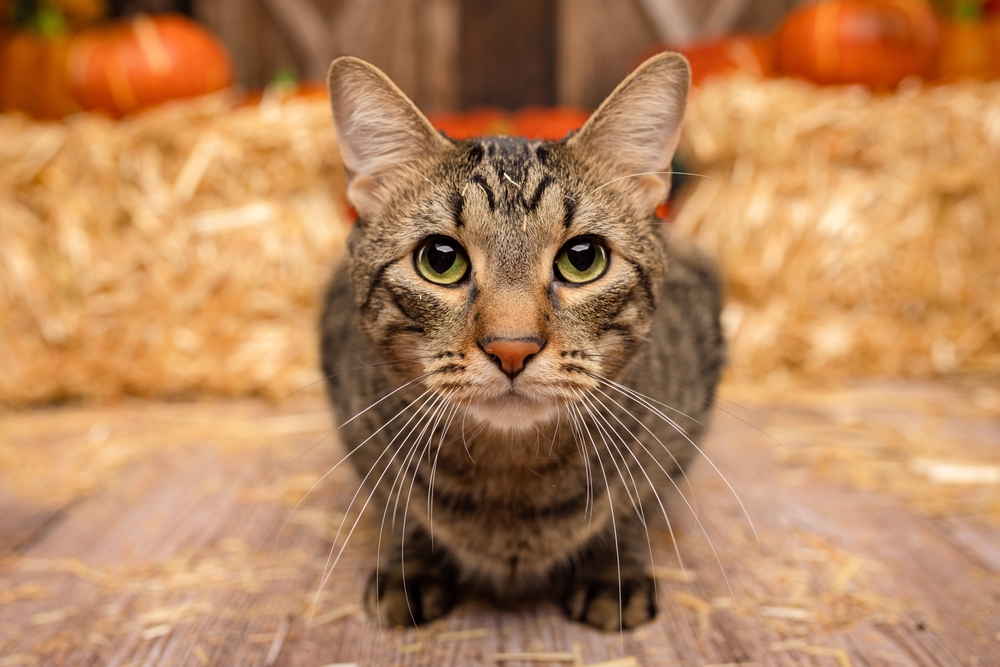
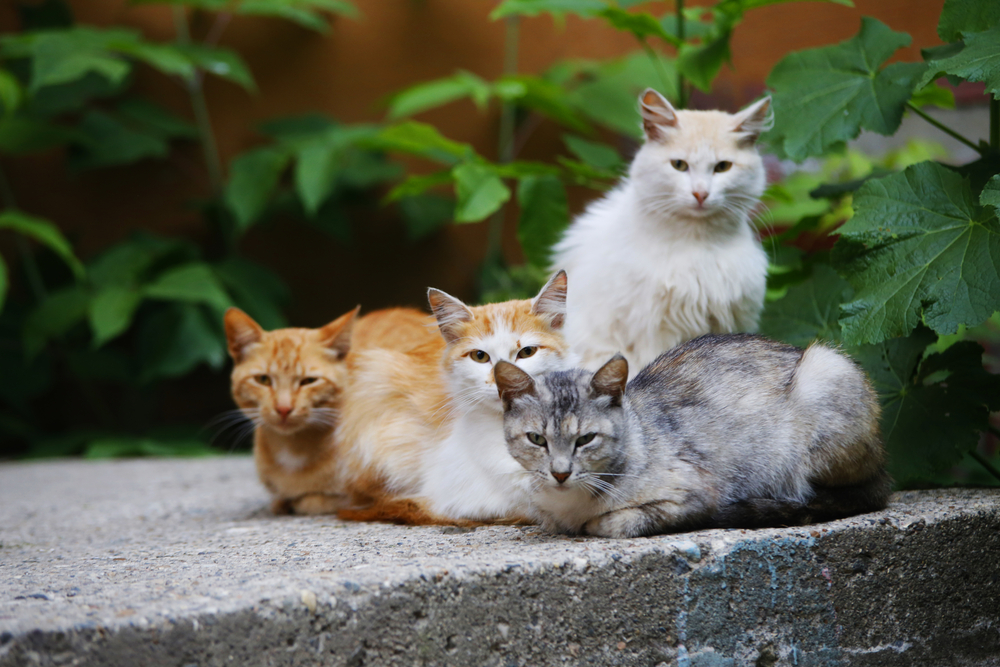
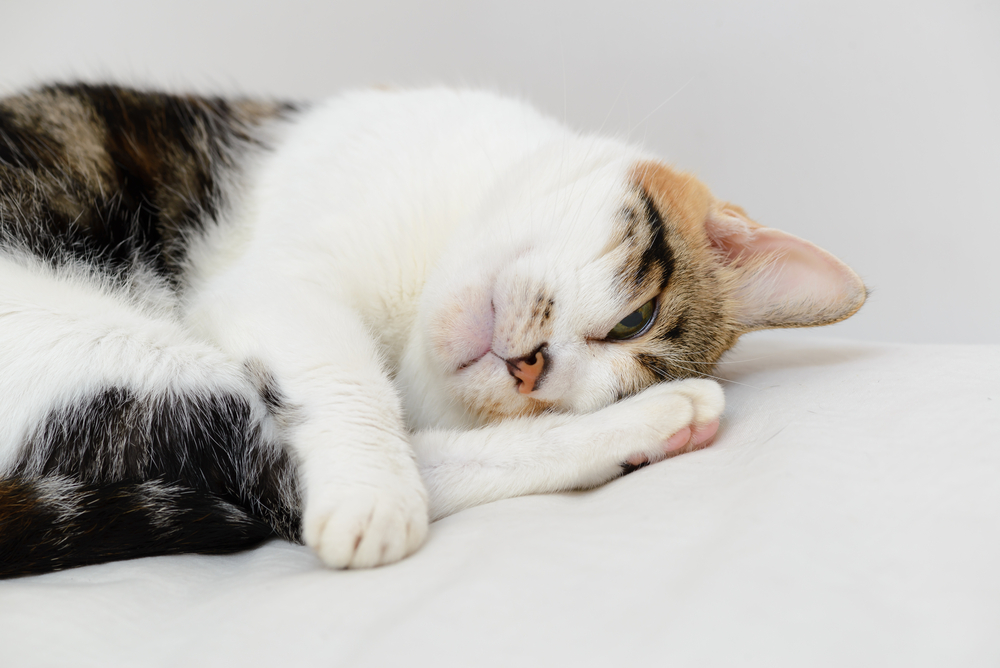
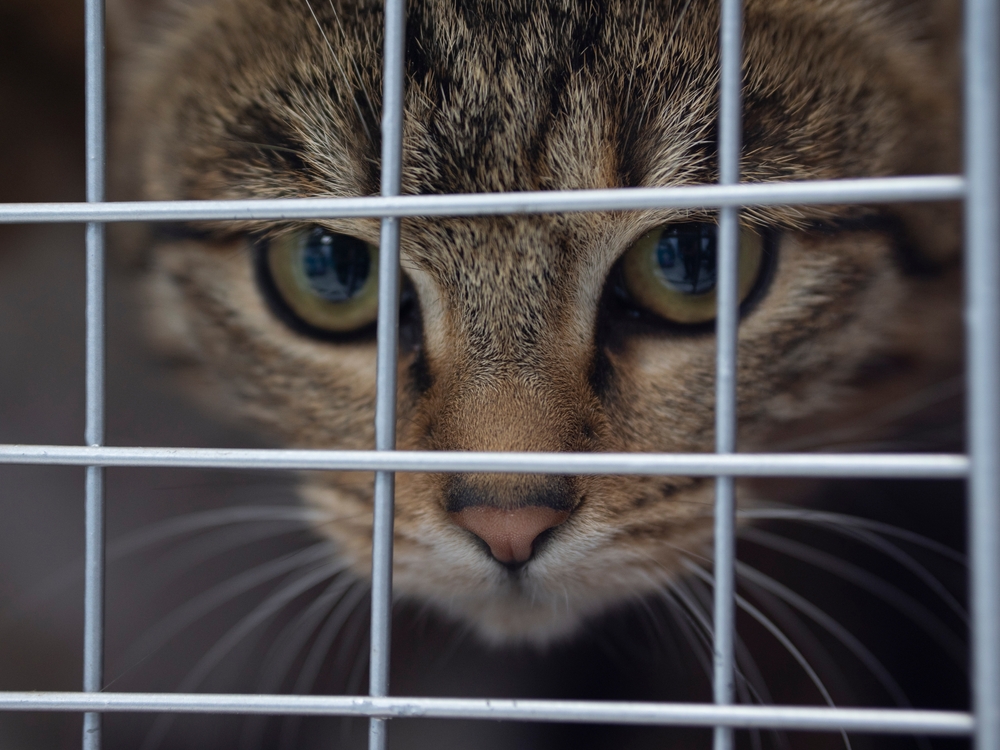
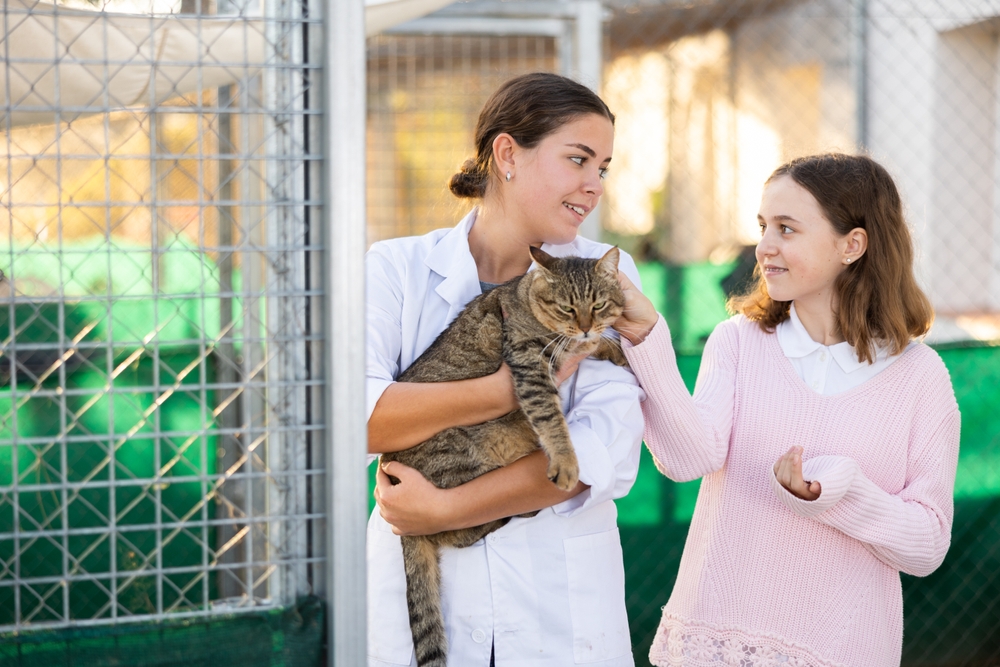
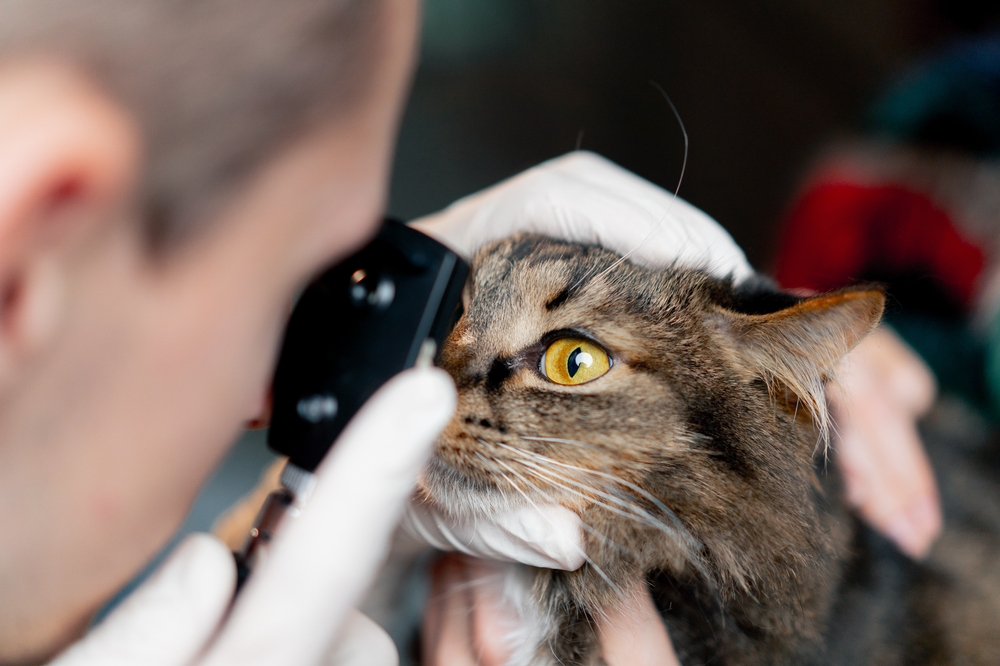
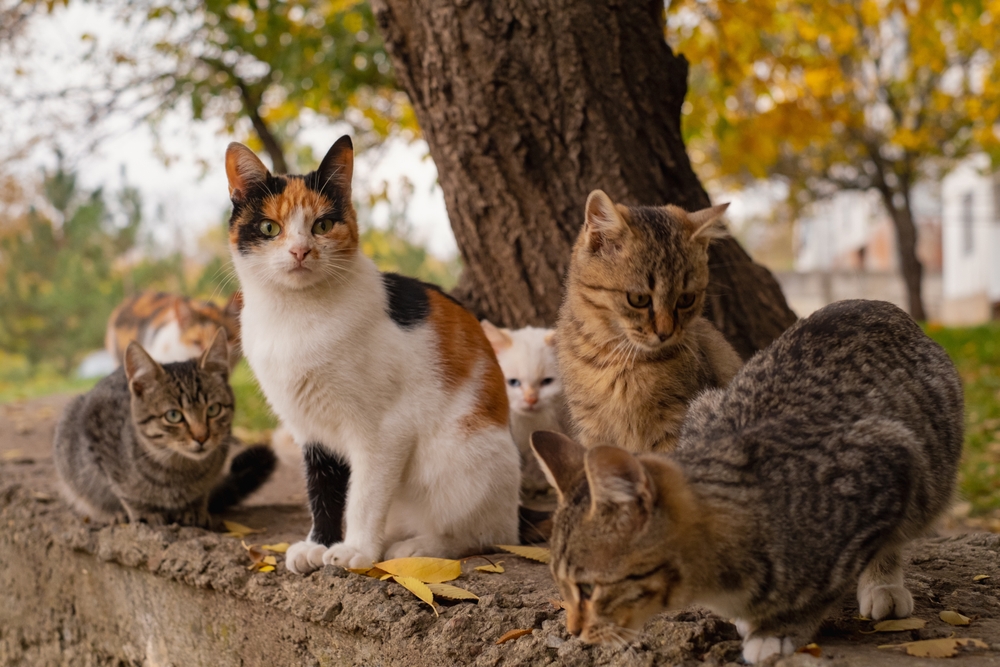
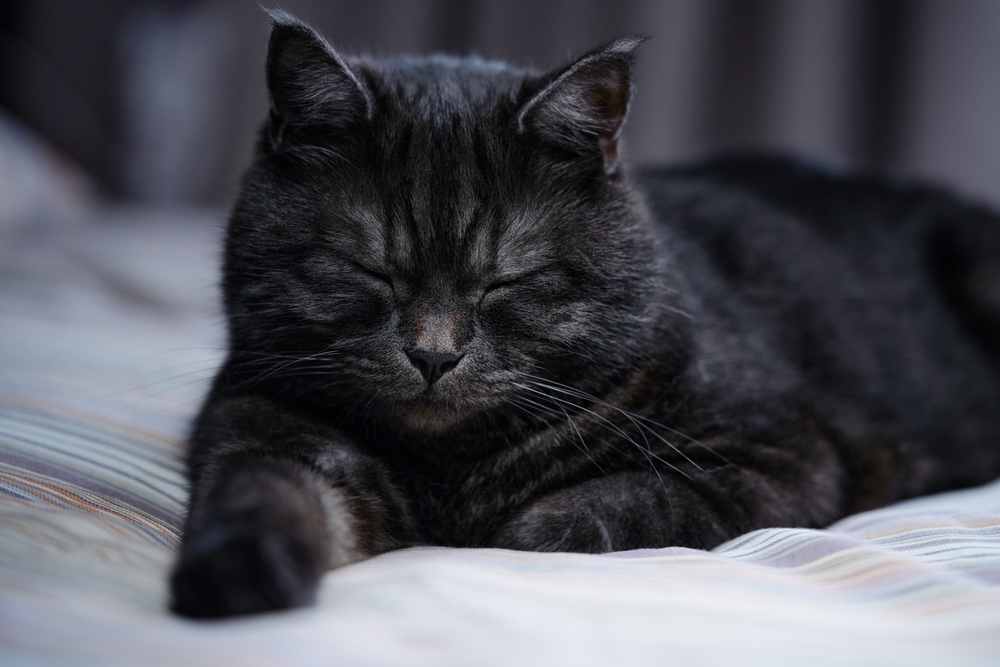
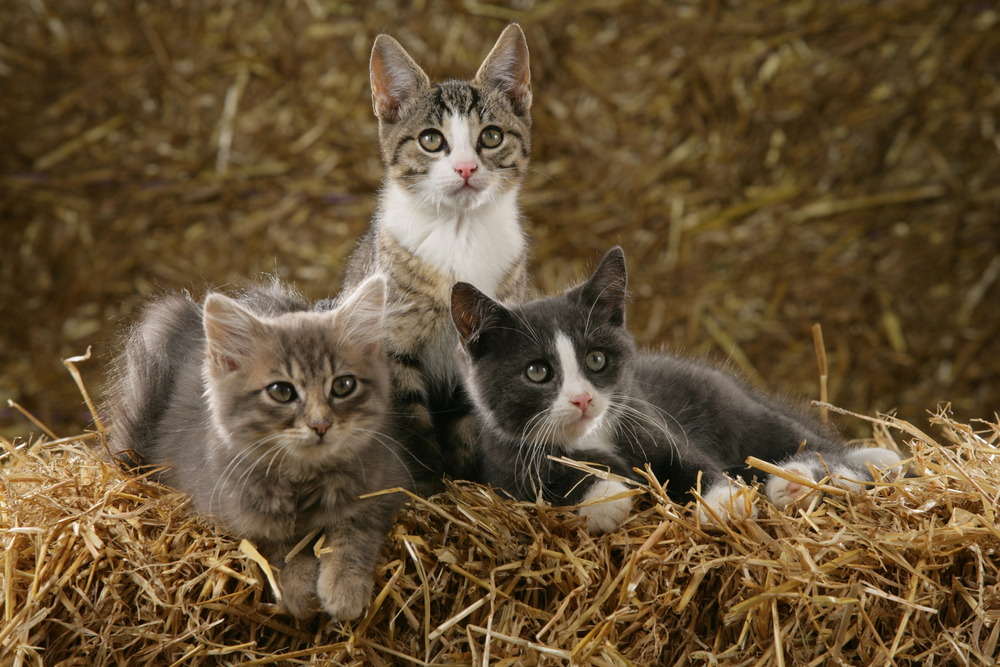
0 Comments